1. Test Your Carbon Monoxide Detector Regularly
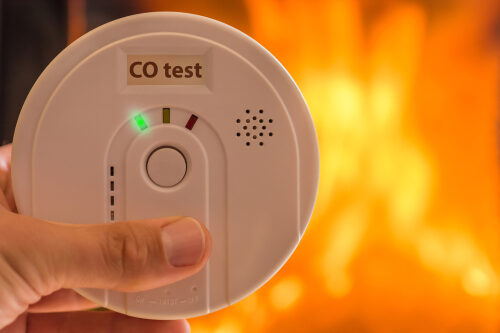
Carbon monoxide is invisible and odorless, which is why detectors are lifesavers in RVs. Too often, people forget to test or replace batteries, assuming the device will just work forever. In a small, enclosed space like an RV, even a minor leak from a generator or propane appliance can build up quickly. A quick monthly test can make all the difference.
Many RVers assume fresh air will keep them safe, but sleeping with closed windows makes you especially vulnerable. Detectors have expiration dates, usually between five to seven years. If yours is older than that, it might not detect anything. Spending $30 on a replacement is a small price for peace of mind.
2. Secure Loose Items Before Driving
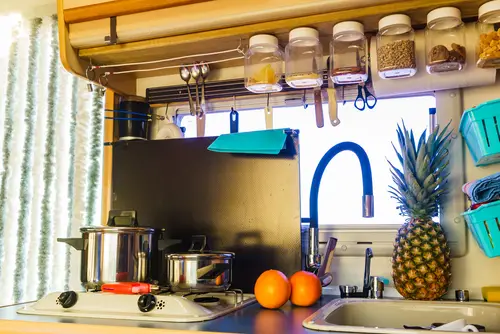
An RV in motion is basically a small earthquake on wheels. Everything from coffee mugs to laptops can become dangerous projectiles if left unsecured. People often think only of big items like the TV, but even a small can of soup can cause injury in a sudden stop. Bungee cords, non-slip mats, and latches are your friends.
It’s also worth double-checking your overhead cabinets. Doors that seem fine while parked can spring open after a bump in the road. Some RVers use childproof locks for extra security, which can save you from a flying cookware disaster. A tidy RV isn’t just neat—it’s safer.
3. Check Tire Pressure Every Travel Day
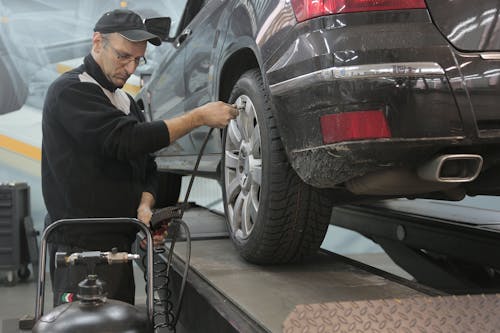
RV tires don’t just go flat; they can blow out catastrophically, especially under heavy loads. Incorrect pressure is the number one cause of this, and yet many drivers skip this check. RV tires may look fine from the outside even when they’re dangerously underinflated. A reliable tire pressure gauge or TPMS system can catch problems before they escalate.
Tires also naturally lose air over time, even when not in use. Temperature changes on the road can shift pressure quickly, making a morning check extra important. Overinflated tires are risky too, since they reduce traction and increase wear. Think of it as a five-minute ritual that could save you from a roadside nightmare.
4. Practice Fire Drills With Everyone Onboard
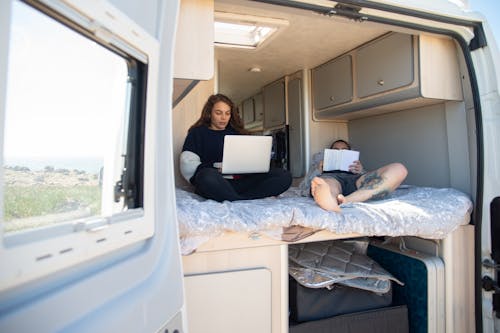
An RV fire can spread shockingly fast, sometimes in less than two minutes. While most people install fire extinguishers, few actually practice what they’d do in an emergency. Knowing the quickest way out, especially for kids or pets, matters more than you’d think. A dry run can prevent panic in the real thing.
It’s smart to check that windows and emergency exits open smoothly. Dust, paint, or even neglect can make them stick at the worst time. Assign roles, like who grabs the extinguisher and who ensures everyone exits. Practicing once in a while makes escaping instinctive instead of chaotic.
5. Balance Your Load Properly
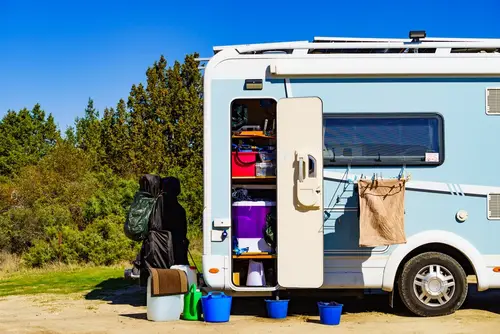
An unbalanced RV doesn’t just feel odd—it can be dangerous. Too much weight on one side increases your rollover risk, especially in high winds. Overloading the back can also take weight off the front wheels, making steering harder. Many accidents happen because RVers pack without considering distribution.
Weigh stations aren’t just for truckers; some RV parks and repair shops offer them too. Aim to keep heavier items low and spread evenly. Your vehicle’s manual will also list axle weight ratings, which shouldn’t be ignored. Balance keeps your RV safer and your ride smoother.
6. Keep Propane Tanks Maintained
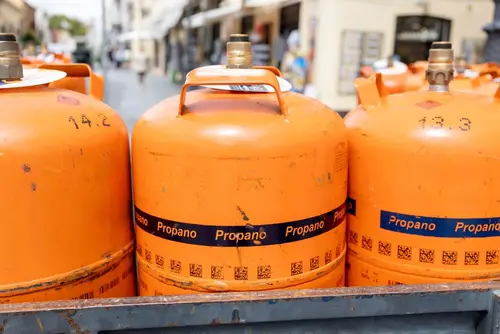
Propane powers stoves, heaters, and fridges, but leaks are more common than people realize. Small cracks in hoses or faulty connections can release gas silently. Because propane is heavier than air, it can pool in low spots, waiting for a spark. A simple soap-and-water test on fittings helps catch leaks early.
It’s also important to turn off propane before fueling at gas stations. Some people forget, and the fumes combined with open flames are a recipe for disaster. Regulators and hoses have a lifespan—inspect them yearly for wear. A well-maintained propane system keeps your adventures warm and safe.
7. Don’t Ignore the Roof
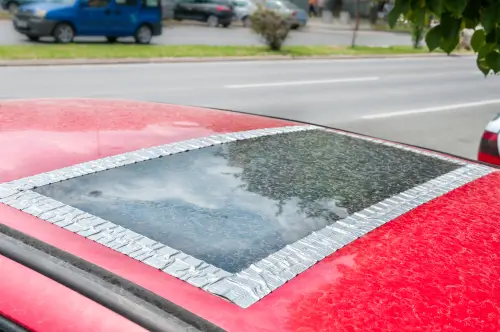
The RV roof takes a beating from sun, rain, and tree branches, yet it’s easy to forget about. Small cracks or sealant failures can let in water, leading to expensive damage. Water doesn’t just ruin ceilings; it can rot structural supports and create mold. A 10-minute inspection every trip can save thousands in repairs.
Cleaning the roof also reduces buildup of debris that can clog gutters or AC units. Many leaks start small and go unnoticed until they’re massive. Carry a tube of sealant made for RVs—it’s a simple fix when caught early. The roof may not be glamorous, but it’s one of your RV’s most important defenses.
8. Adjust Your Mirrors Correctly
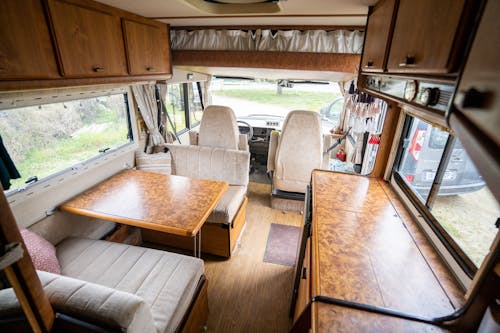
Driving an RV is very different from a car, and blind spots are much larger. Many drivers just rely on their default mirror position, not realizing they’re missing entire lanes. Properly adjusted side and convex mirrors give a clear view of passing traffic. It’s not about vanity—it’s about visibility.
A quick mirror check before every departure is crucial. Even a slight bump in a parking lot can shift them. Adding a backup camera can help, but mirrors should always be your primary tool. With proper adjustment, lane changes feel less like a gamble and more like second nature.
9. Level Your RV Before Using Appliances

Running certain appliances while your RV is tilted can cause damage. For example, absorption refrigerators rely on gravity-fed coolant systems. If the RV isn’t level, the fluid can pool unevenly and permanently harm the unit. That’s a $1,500 mistake that could’ve been avoided with a $20 level.
Beyond appliances, leveling keeps you more comfortable inside. Cooking, walking, and even sleeping are easier when the floor isn’t slanted. It also helps prevent slide-out strain or door misalignment. A simple check with a bubble level saves money and headaches.
10. Test Your Brakes and Lights Frequently

Brakes on RVs endure far more stress than on standard vehicles. Long downhill grades, heavy loads, and towing push them to their limits. If they feel spongy or pull to one side, that’s a red flag. Brake inspections aren’t optional—they’re lifesaving.
Lights are just as critical for visibility. A burnt-out brake or signal bulb makes you nearly invisible at night or in bad weather. Many drivers assume all their lights work until someone honks or flashes at them. A walk-around before hitting the road keeps everyone safer.
11. Carry the Right Emergency Gear
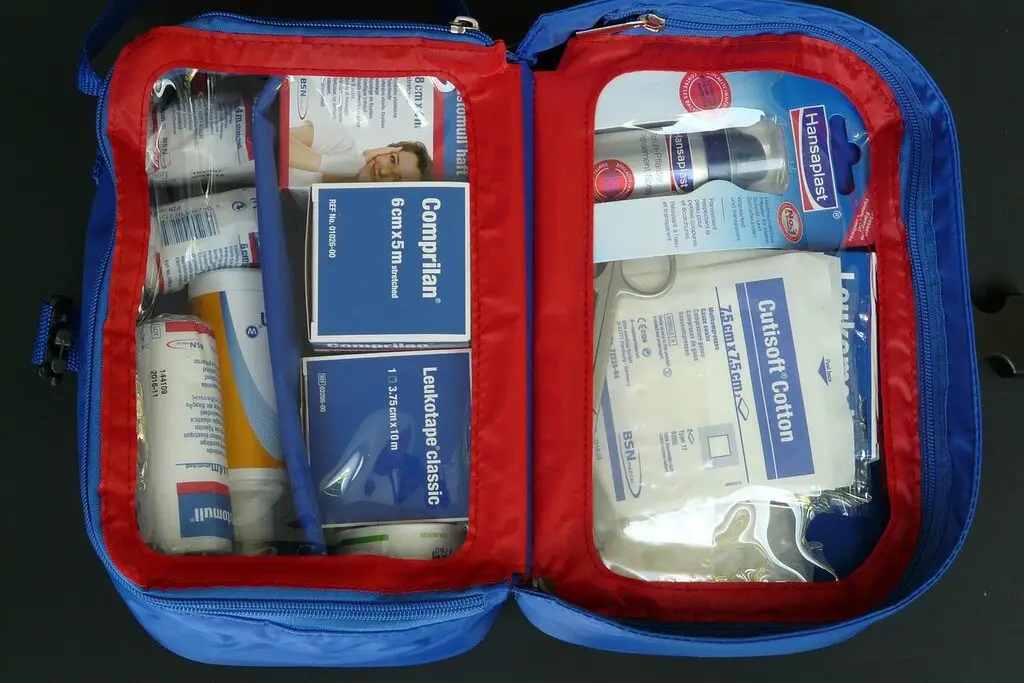
A first-aid kit and a flashlight aren’t enough for RV travel. You also need wheel chocks, flares or reflective triangles, and a reliable jack. Getting stranded in a remote spot without the right gear can turn inconvenient into dangerous. The right tools give you control when things go wrong.
Even if you have roadside assistance, help can take hours in rural areas. Extra water, blankets, and non-perishable food can be a literal lifesaver. Many RVers keep a toolbox with duct tape, zip ties, and spare fuses. Being over-prepared feels silly—until you actually need it.
12. Don’t Skip the Walk-Around Before Driving

One of the simplest habits is also the most overlooked. A walk-around lets you spot things like open storage bays, low-hanging cords, or slide-outs not fully retracted. Skipping this check has led to accidents, damage, and embarrassing scenes at campgrounds. Five minutes outside saves hours of trouble later.
Make it a ritual: check the hitch, tires, lights, steps, and roof attachments. People often forget things like TV antennas or leveling blocks left behind. It’s amazing how much peace of mind comes from knowing everything is secure. A pre-drive walk-around is the RV version of locking your front door.
This post 12 RV Safety Tricks Everyone Overlooks Until It’s Too Late was first published on Greenhouse Black.
